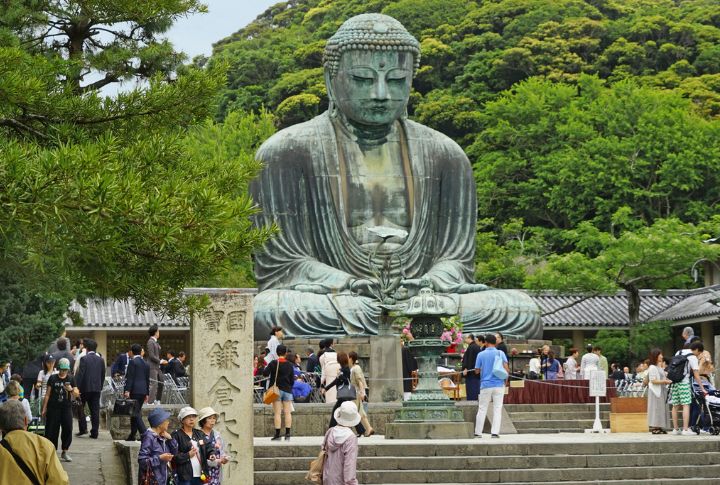
Long before Japan became known for Zen gardens and temple bells, Buddhism was just an unfamiliar import. Figures in power made decisions that changed everything. Cultural shifts came later, not all at once. But layer by layer, it spread, and these 10 turning points show how Buddhism found its place in Japan.
Arrival Of Buddhism Via Baekje (552 CE)
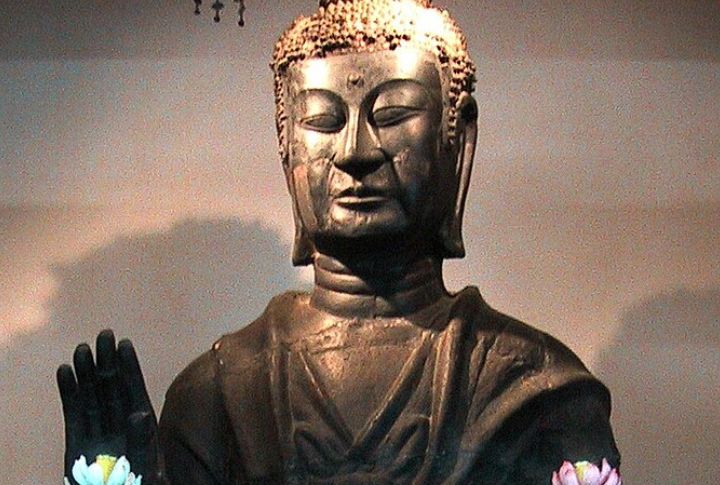
In 552 CE, Japan received a gilded statue of the Buddha and sacred texts from the Korean kingdom of Baekje. This gesture introduced a belief system that would change Japan forever. But not all were convinced. While some nobles leaned in with interest, others were wary of foreign gods entering sacred soil.
Prince Shotoku’s Devotion
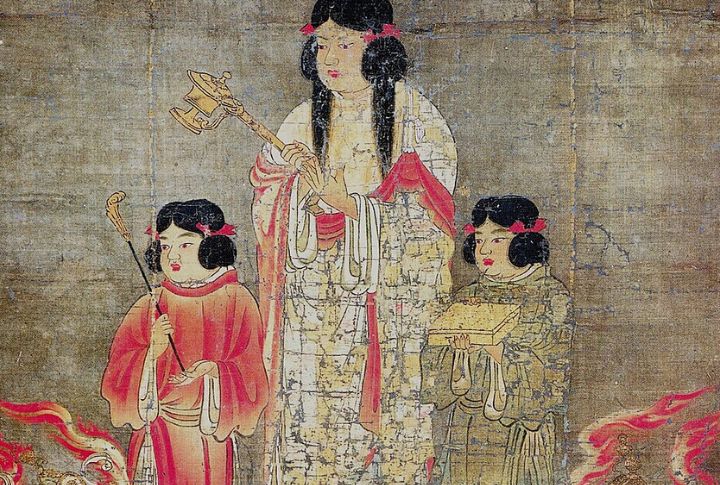
Curiosity became commitment in the hands of Prince Shotoku. His Seventeen-Article Constitution placed Buddhist values at the heart of governance, and Horyu-ji (his temple) still whispers his legacy. Stories of his ability to hear multiple prayers at once speak to the reverence that surrounded him in life and lore.
Soga Clan’s Political Support
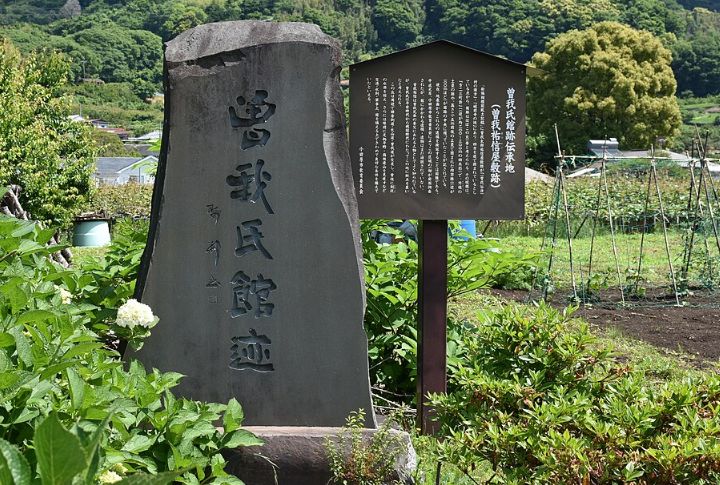
The Soga clan fortified Buddhism. While rivals clung to Shinto, the Soga threw their weight behind Buddhist temples and continental thought. Their alliance with Baekje monks was strategic and deeply cultural. The rise laid the political groundwork for what would soon become state-backed Buddhism in Japan.
Temple Building Boom
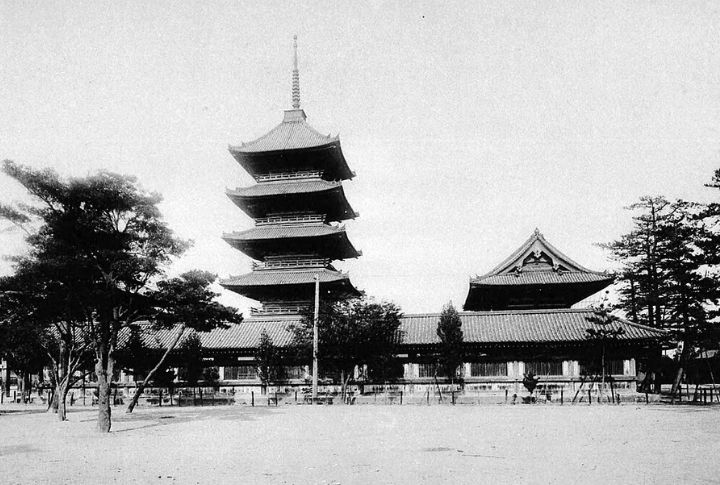
Across the Asuka region, sacred wood and stone rose into view. Among the earliest of these was Asuka-dera, believed to be Japan’s first major temple. It functioned as a center of learning and leadership. Behind its design, Chinese and Korean craftsmen left visible marks of continental influence.
Suppression Of The Mononobe Clan4
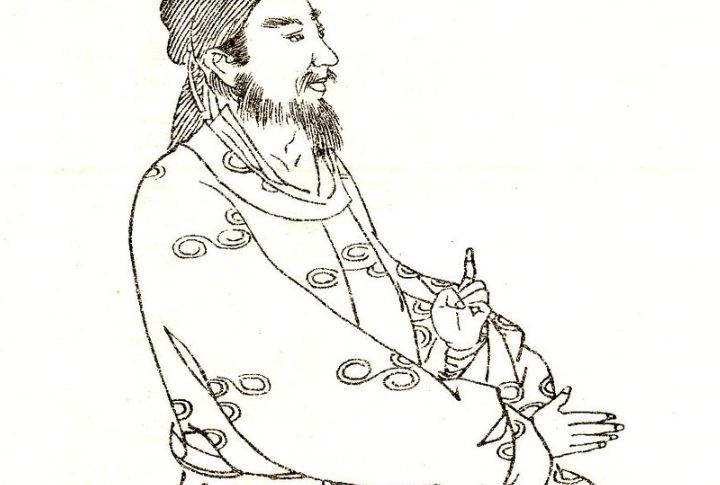
The Mononobe clan fought fiercely to preserve Shinto purity and push back against the growing Buddhist presence. Their resistance came to a head in a decisive battle with the Soga clan. As the clash unfolded, a sudden thunderstorm erupted, which many saw as a sign. To Buddhist supporters, the storm marked divine approval.
Import Of Chinese Buddhist Texts
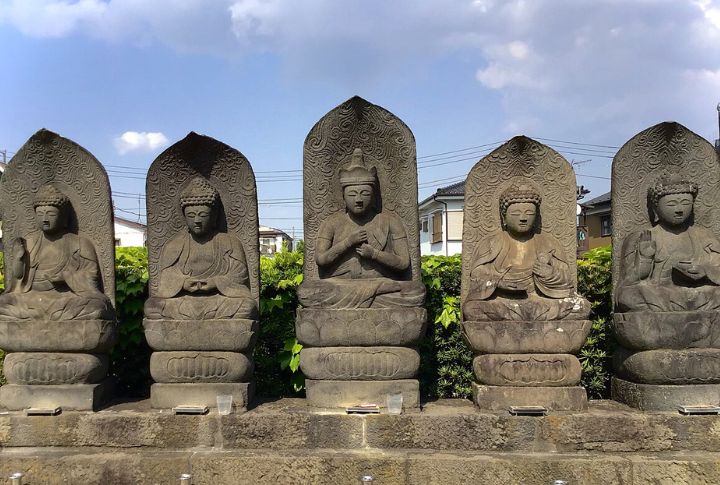
Curiosity pulled Japanese monks beyond the sea. Those who ventured to China returned not with souvenirs but with sacred texts and codes for monastic life. These stayed for years, some for decades. What they brought home reshaped Japanese Buddhism from loose devotion into structured practice.
Nara Period And State Buddhism
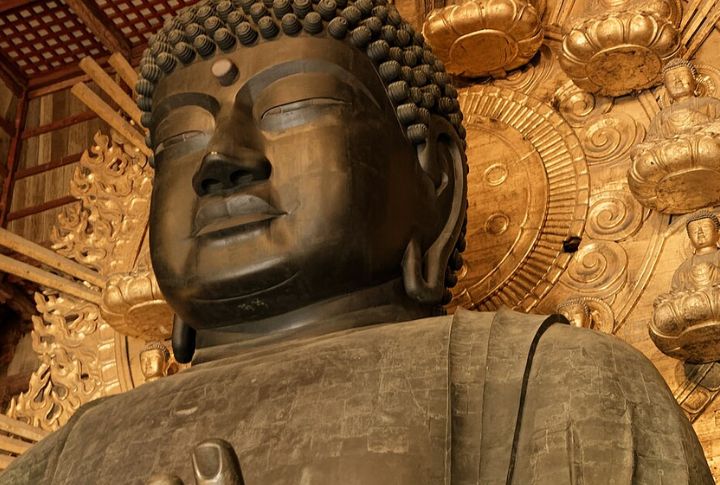
Belief became bureaucracy under Emperor Shomu. His vision was administrative. By commissioning the Great Buddha at Todai-ji and enforcing Buddhist structures through imperial orders, he anchored Buddhism in the heart of national governance. Monks and nuns were even counted in the census.
Emergence Of The Six Nara Schools

What happens when monks start asking too many questions? Schools form. In Nara, six distinct Buddhist schools emerged, each digging into belief with serious scholastic energy. Some became almost exclusive circles for elite thinkers. Their debates wrestled with complex metaphysics and layered interpretations of sutras.
Buddhism In Japanese Art And Literature
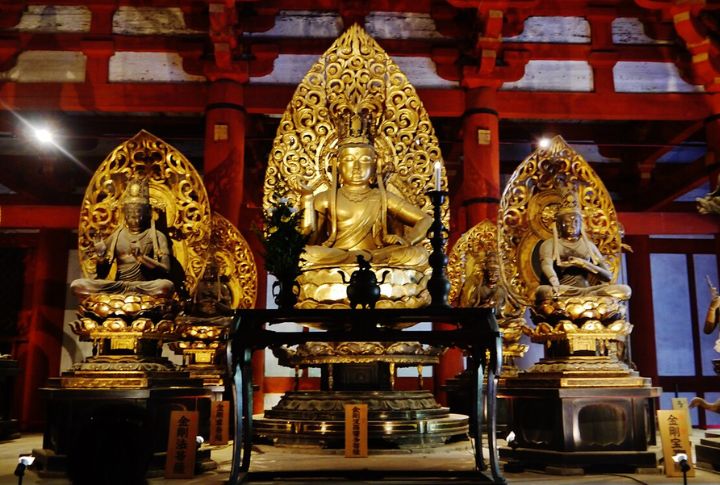
Brushes and storytellers all felt the Buddhist shift. Mandalas and statues filled temple walls and homes. Poets wove karma and rebirth into their verses. Even ghost stories took a turn, shaped by Buddhist notions of cause and consequence. The sacred spilled into aesthetics, influencing how Japan imagined life and the afterlife.
Syncretism With Shinto Beliefs
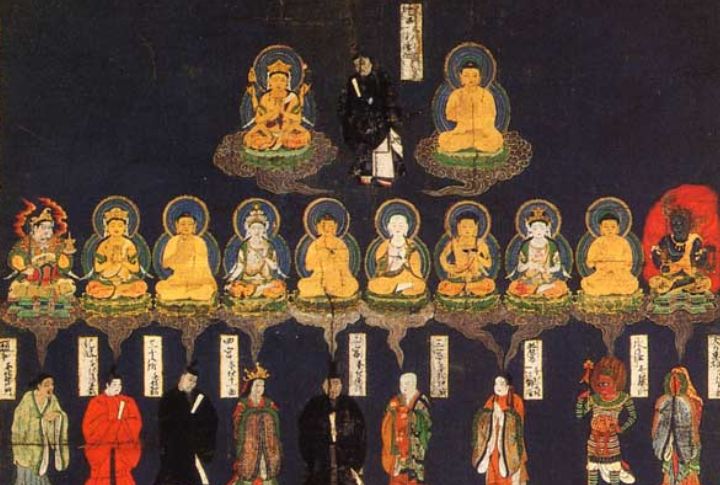
Rather than clash, old gods and new deities found strange harmony. The “honji suijaku” theory suggested kami were simply local reflections of Buddhist divinities. Shrines and temples sometimes shared space. Priests could shift roles depending on the rite. Instead of replacing Shinto, Buddhism slowly embraced it.

